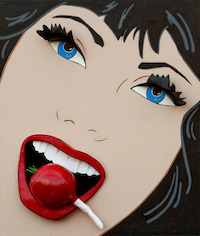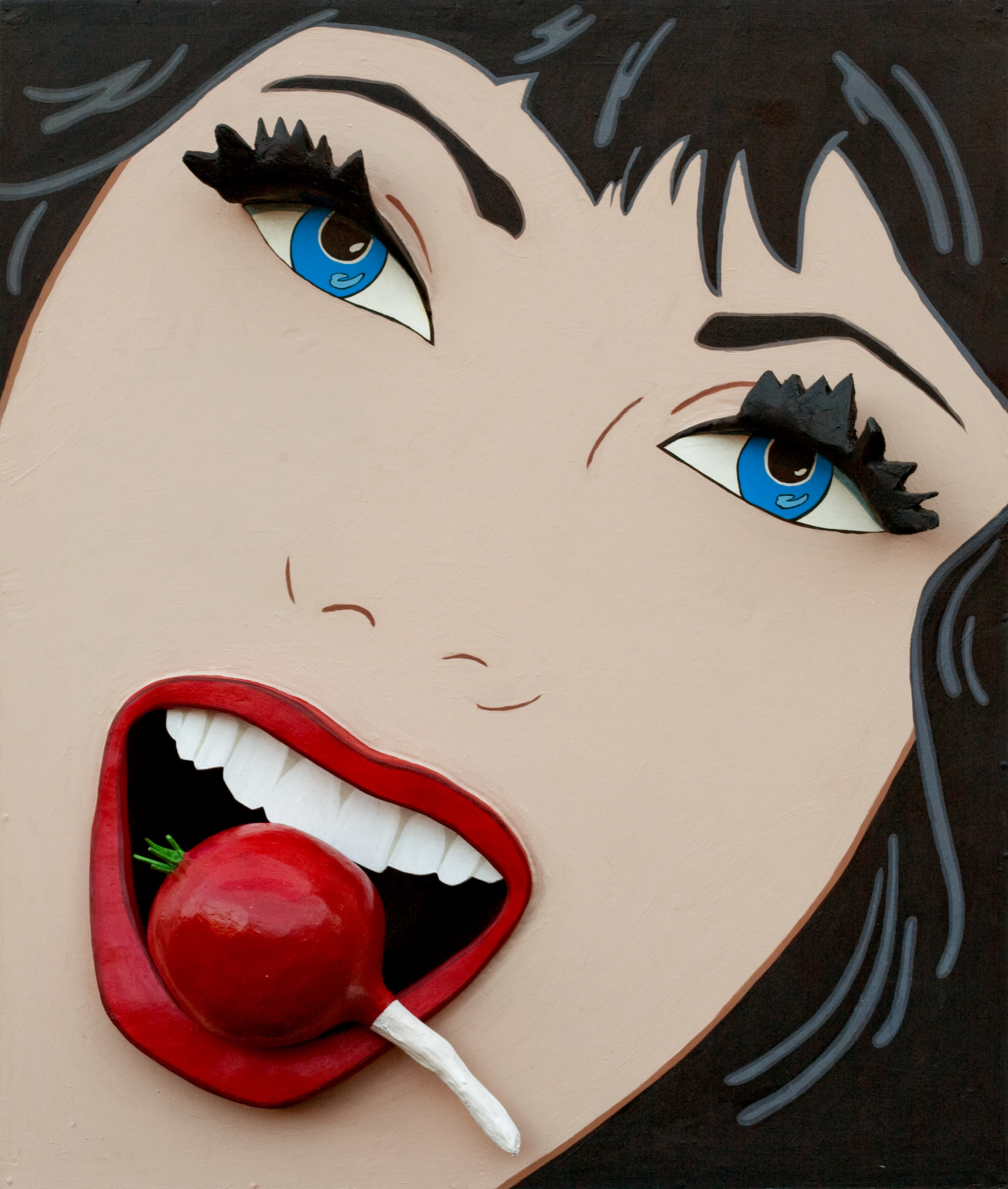
NEW YORK — The Jewish Museum presents New York: 1962-1964, an exhibition that explores a pivotal three-year period in the history of art and culture in New York City, examining how artists living and working in New York responded to their rapidly changing world. Installed across two floors, this immersive exhibition presents more than 150 works of art — all made or seen in New York between 1962-1964 — including painting, sculpture, photography and film, alongside fashion, design, dance, poetry and ephemera. The exhibition is on view at the Jewish Museum through January 8, 2023.
New York: 1962-1964 is the last project conceived and curated by Germano Celant, the renowned art historian, critic and curator who passed away in 2020. Celant was approached in 2017 by the museum to address its influential role in the early 1960s New York art scene during a momentous period in American history. The result is New York: 1962-64, which uses the Jewish Museum’s role as the jumping-off point to examine how artists living and working in New York City responded to the events that marked this moment in time.
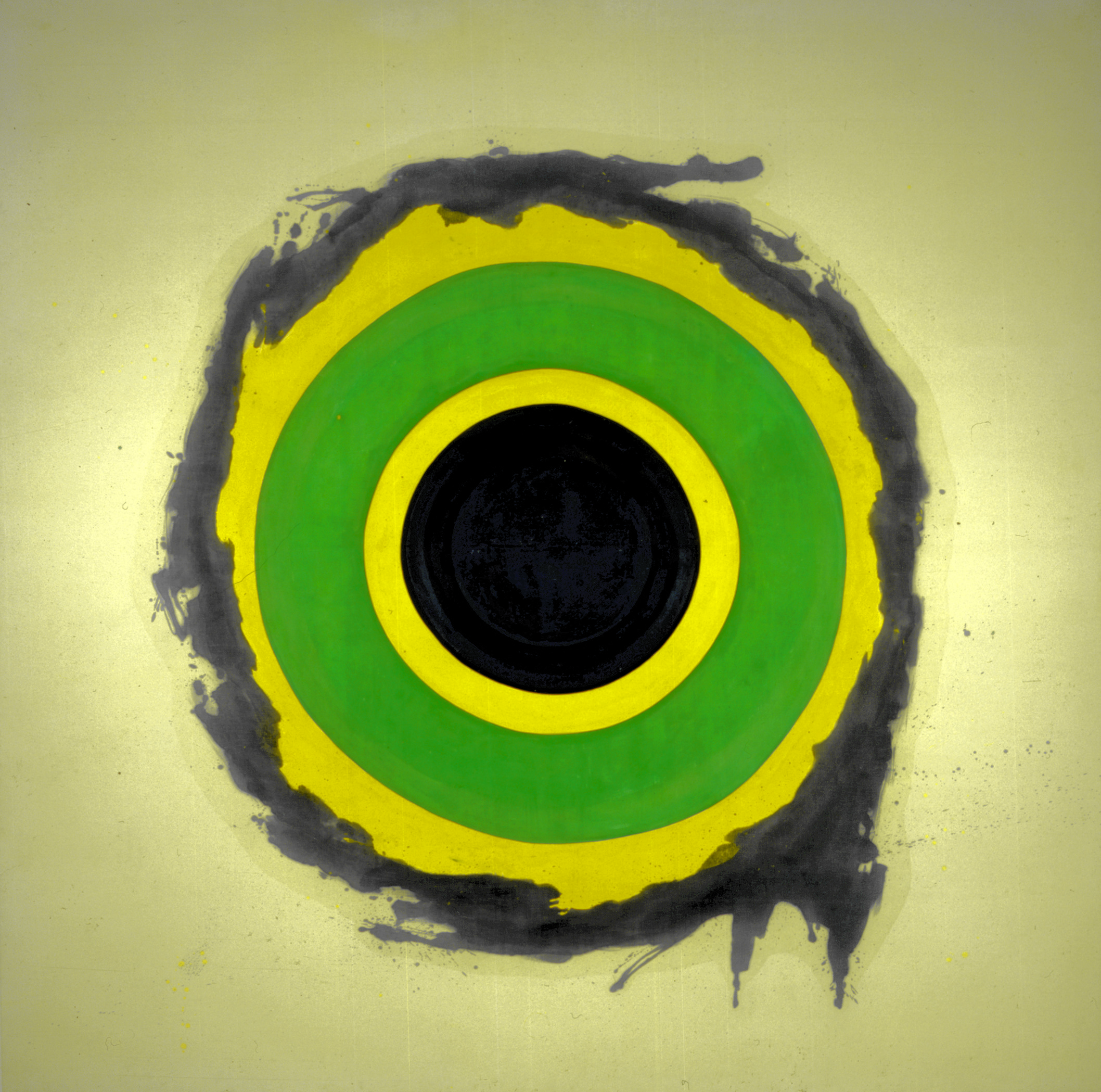
The exhibition and accompanying book have been developed by Studio Celant according to Germano Celant’s curatorial vision in close collaboration with the Jewish Museum: Helen Goldsmith Menschel Director Claudia Gould; Susan and Elihu Rose Chief Curator Darsie Alexander; Lerman-Neubauer Associate Curator Sam Sackeroff; and Leon Levy Curatorial Assistant Kristina Parsons.
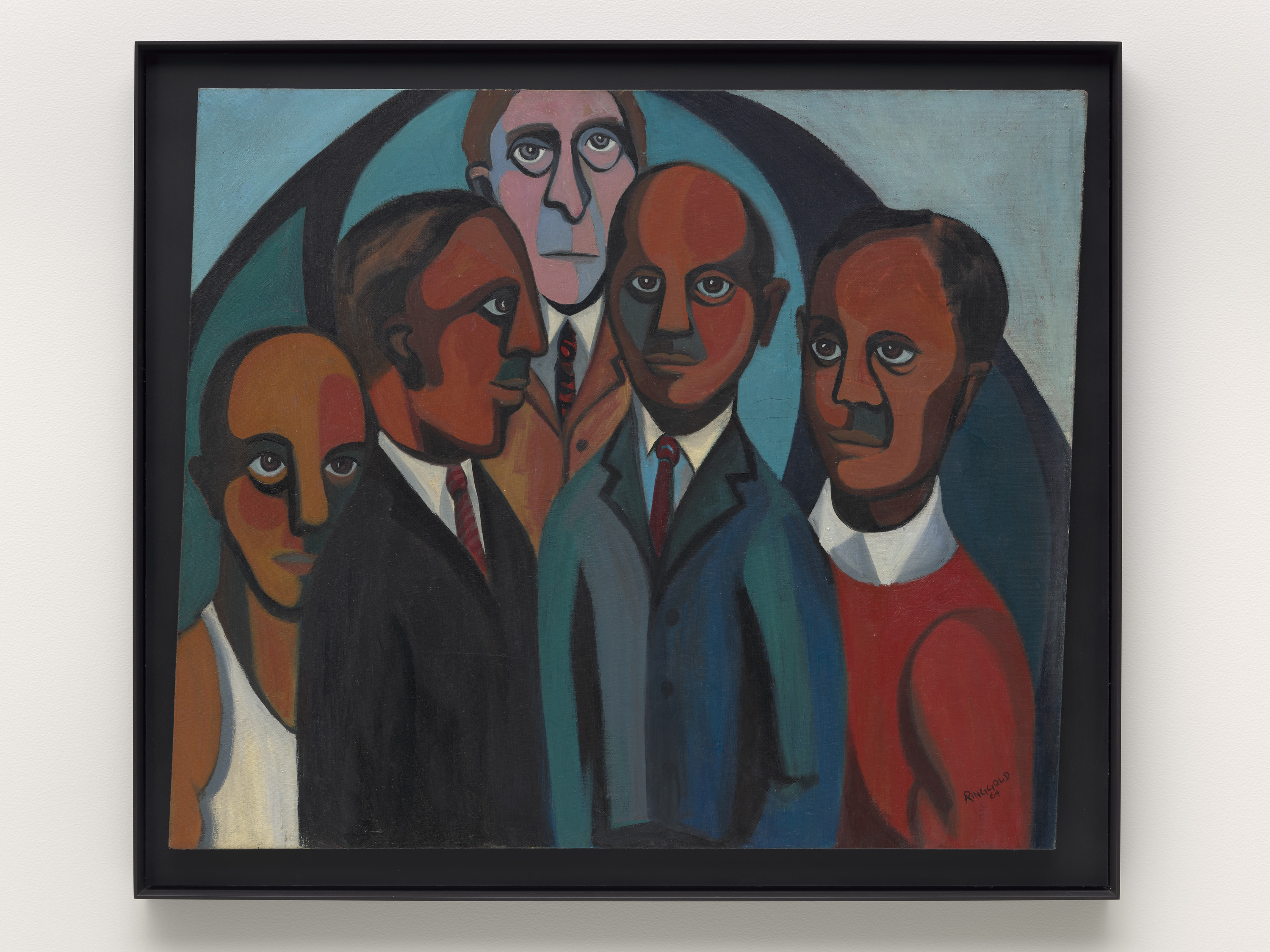
New York: 1962-1964 aligns with the years of Alan Solomon’s tenure as the Jewish Museum’s influential director. Solomon organized ambitious exhibitions that were dedicated to what he called the “New Art,” transforming the Jewish Museum into one of the most important cultural hubs in New York. In addition to daring surveys of cutting-edge painting and sculpture, he also organized the first-ever museum retrospectives of both Robert Rauschenberg (1963) and Jasper Johns (1964).
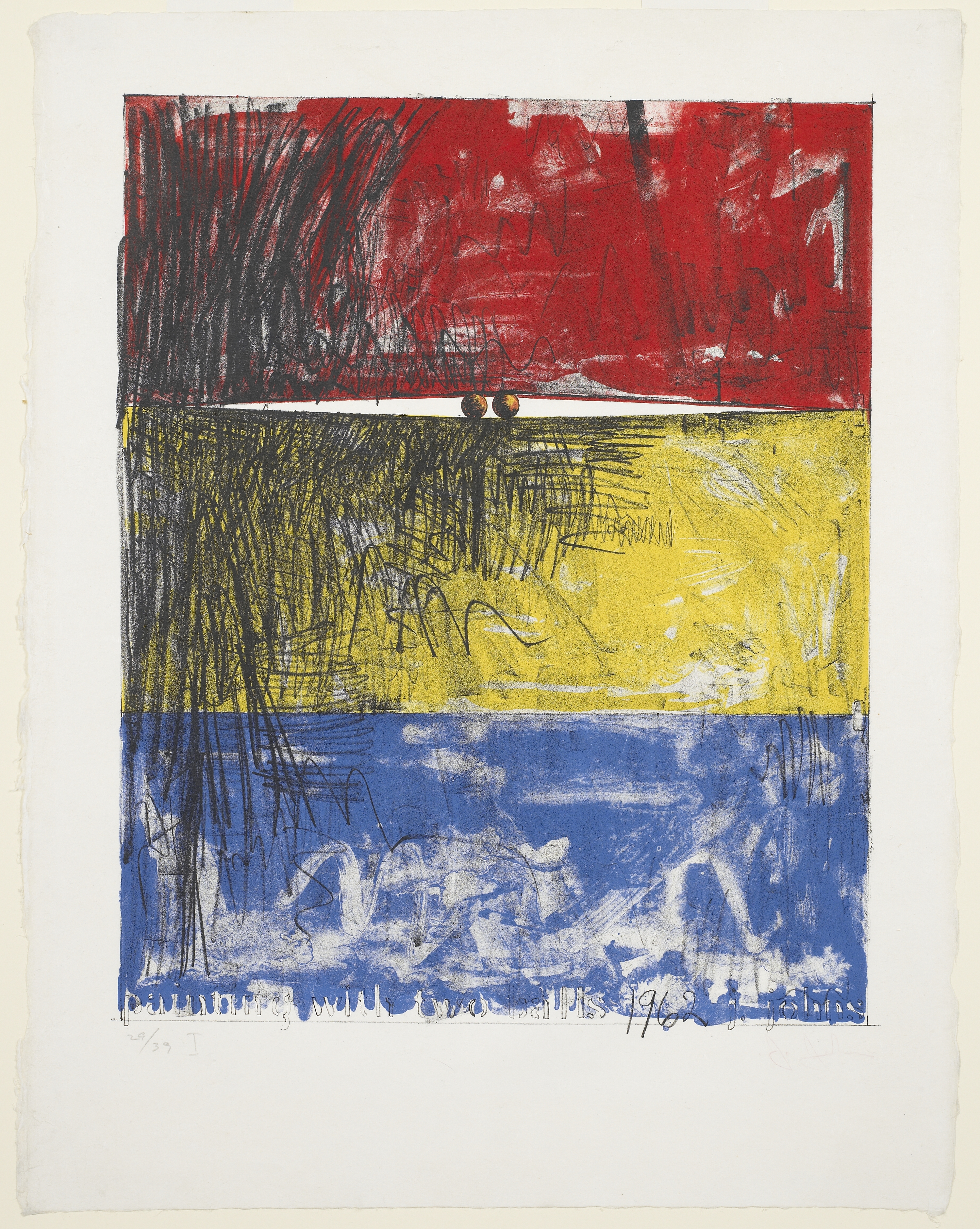
When Solomon was tasked with organizing the United States Pavilion at the 1964 Venice Biennale, he took the opportunity to showcase work by Rauschenberg and Johns, and their peers John Chamberlain, Jim Dine, Morris Louis, Kenneth Noland, Claes Oldenburg and Frank Stella. These artists distilled what he described as a “new sense of beauty” from “the rawness and disorder of the metropolitan scene.” When Rauschenberg was awarded the Biennale’s International Grand Prize in Painting, it contributed to a shift in emphasis from Europe to America, cementing New York as a center of the art world for decades to come.
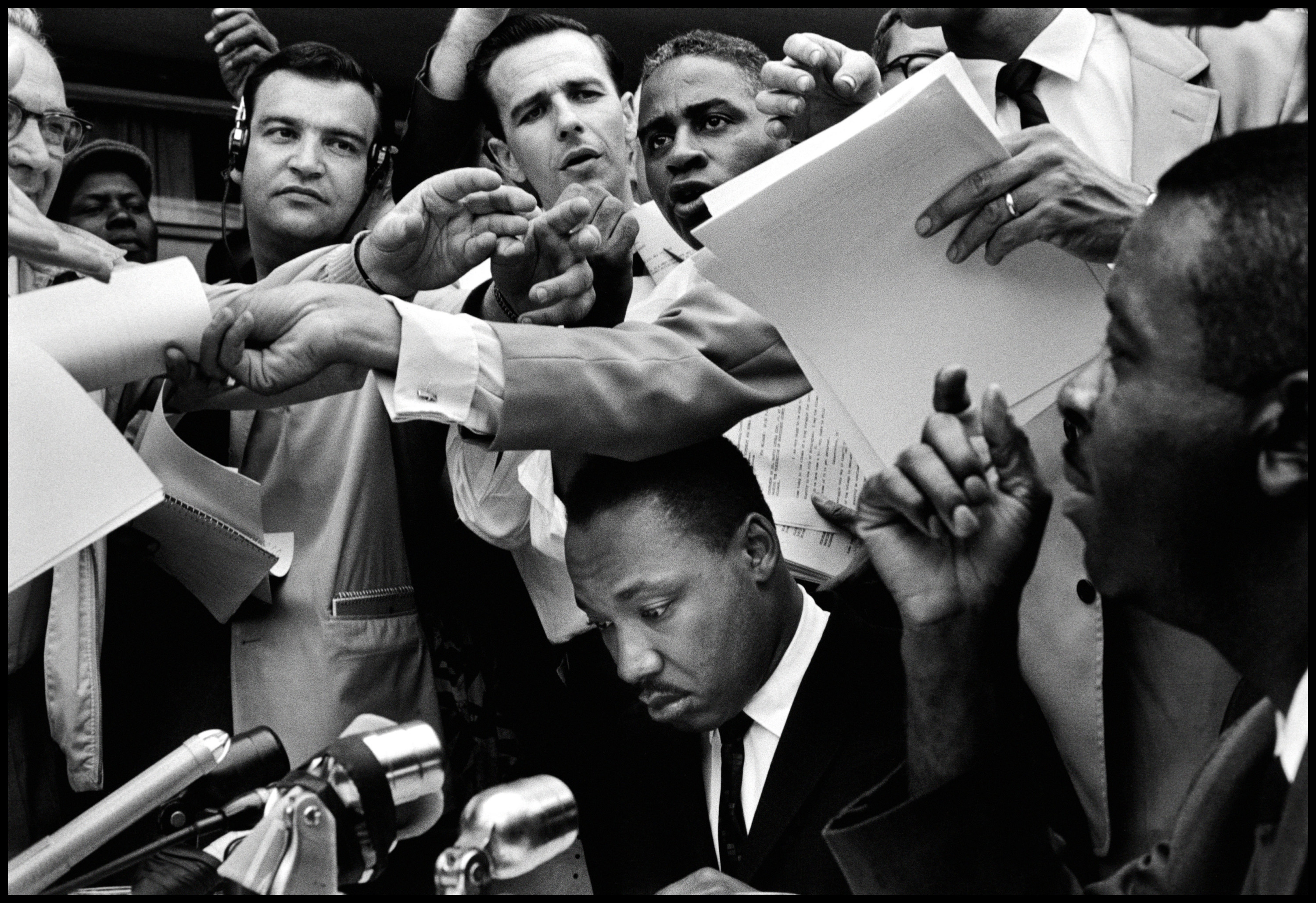
During the timeframe explored in this exhibition, epoch-changing events — such as the 1962 Cuban Missile Crisis, the 1963 March on Washington for Jobs and Freedom, and the 1963 assassination of President John F. Kennedy — occurred at rapid speed and fundamentally altered the social and political landscape of New York City and the nation more broadly. An unprecedented economic boom broadened the array of consumer goods that were available to shoppers, and an expanding media network introduced new voices into increasingly urgent conversations about race, class and gender. Emerging in this context, a generation of New York-based painters, sculptors, dancers, filmmakers and poets rose to prominence, incorporating material directly from their urban surroundings and producing works that were as rich and complex as the city itself.
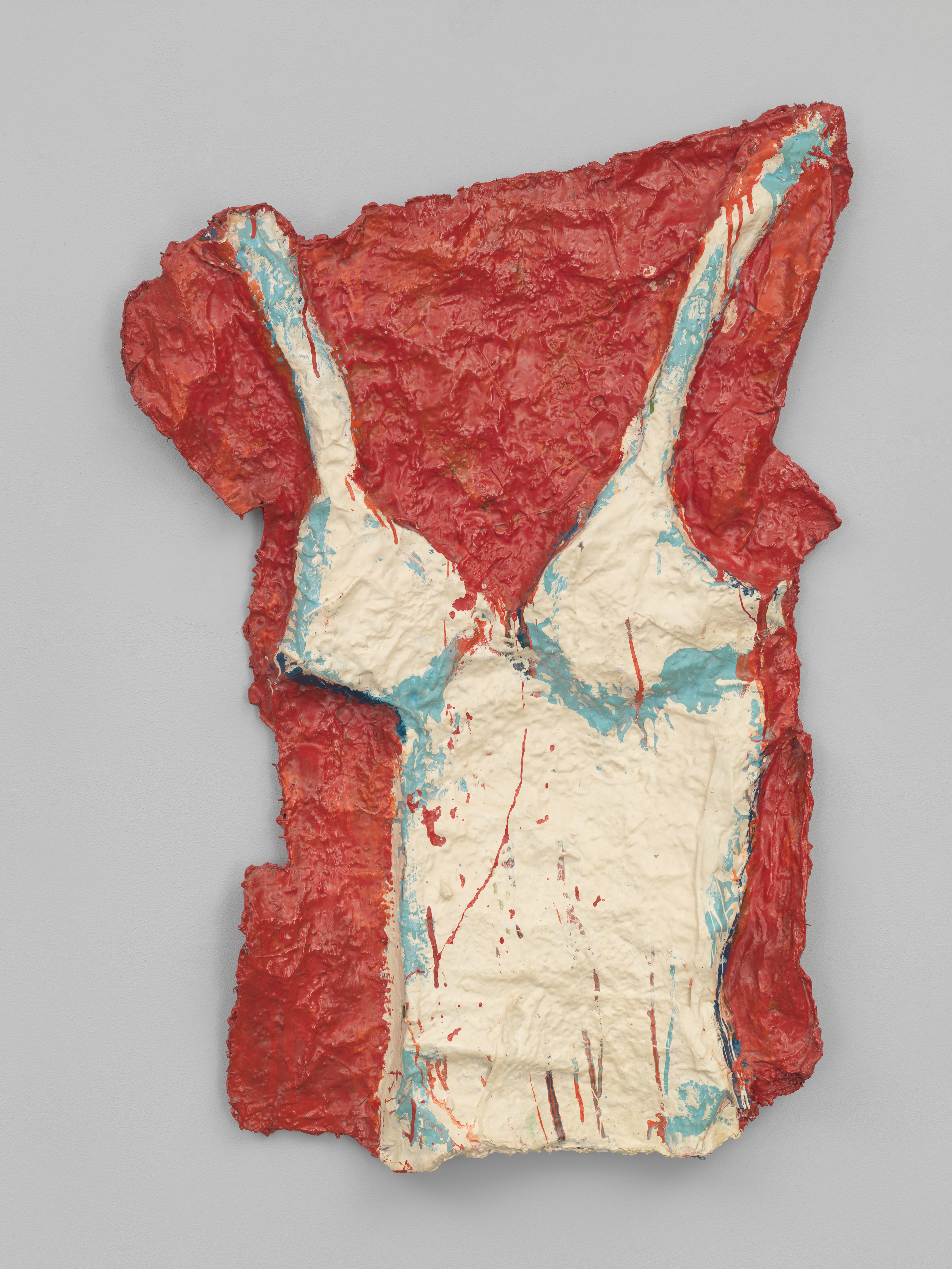
Organized chronologically and bookended by the International Exhibition of the New Realists exhibition at the Sidney Janis Gallery in 1962 and the 32nd Venice Biennale in 1964, New York: 1962-1964 traces a remarkable period in the history of American art when artists working in a broad range of mediums showed renewed interest in the depth and intensity of everyday life. Described as “New Realism,” “Commonism,” “Factualism” and “Pop,” their diverse practices developed new techniques and reached new audiences. The exhibition explores the spaces where that innovation took place, including the galleries and museums where the work was shown, as well as vernacular settings such as living rooms, lofts, kitchens and storefronts where Americans went about their lives. Drawing energy from the cityscape, artists moved back and forth between their studios and the surrounding streets, junkyards, laundromats and restaurants, making new kinds of work that resisted easy definition.
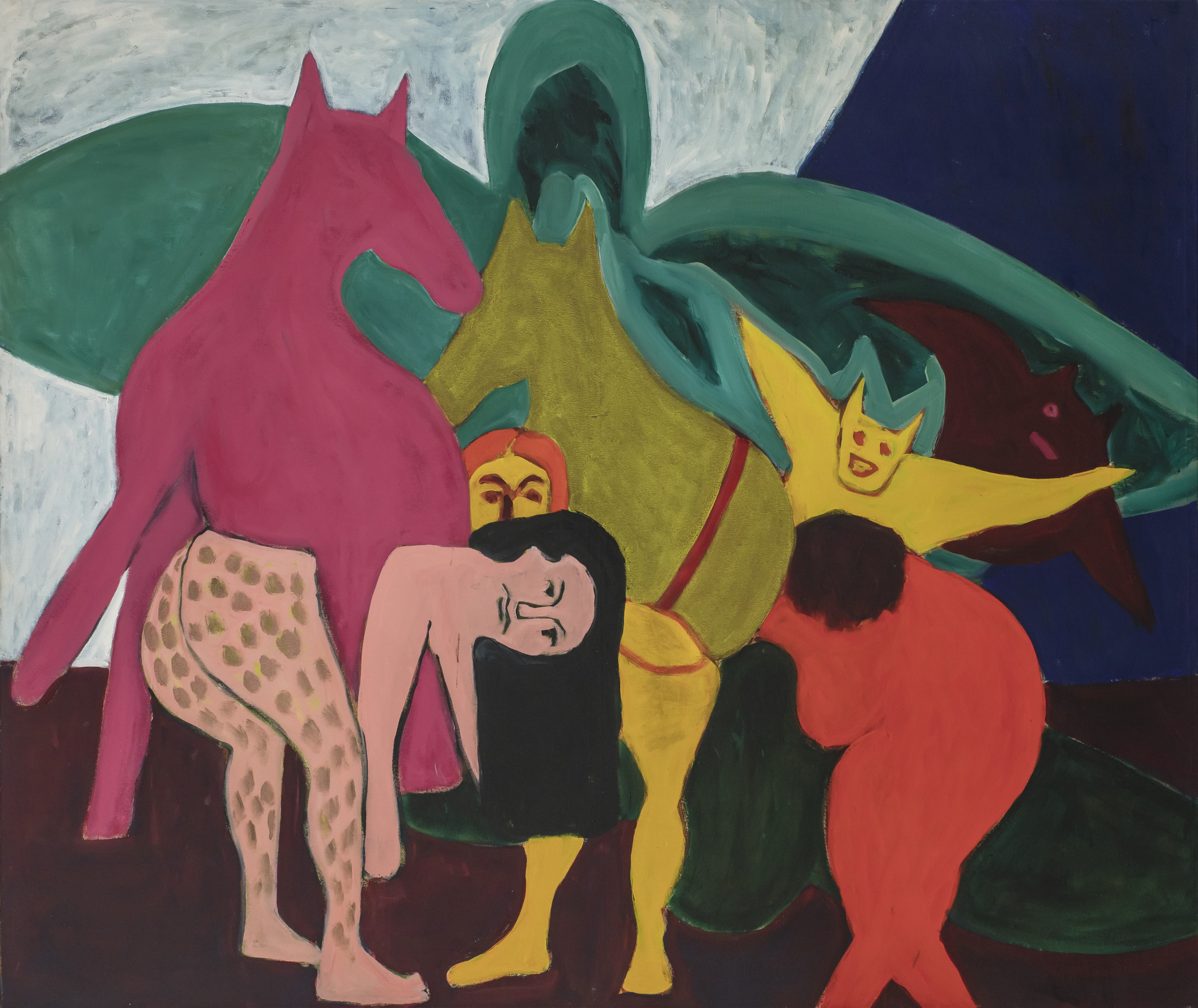
New York: 1962-1964 includes selections from key exhibitions that took place in New York during the period and examined how artists engaged with their urban environment, including the International Exhibition of the New Realists (1962) at the Sidney Janis Gallery, Six Painters and the Object (1963) at the Solomon R. Guggenheim Museum, and Americans 1963 (1963) at the Museum of Modern Art.
Other highlights include artwork featured in The First International Girlie Exhibit (1964), which examined mass-media representations of the female figure; pieces by the New York School Poets that explored the aesthetic potential of everyday speech; and work made by members of the Spiral Group and the Kamoinge Workshop, groundbreaking collectives that formed in New York in response to the struggle for civil rights. The surveys Toward a New Abstraction (1963) and Recent American Sculpture (1964) and the retrospectives Robert Rauschenberg (1963) and Jasper Johns (1964), which took place at the Jewish Museum under Solomon’s leadership, are also sources for many artworks included. The exhibition concludes with a gallery focused on the United States Pavilion from the 1964 Venice Biennale.
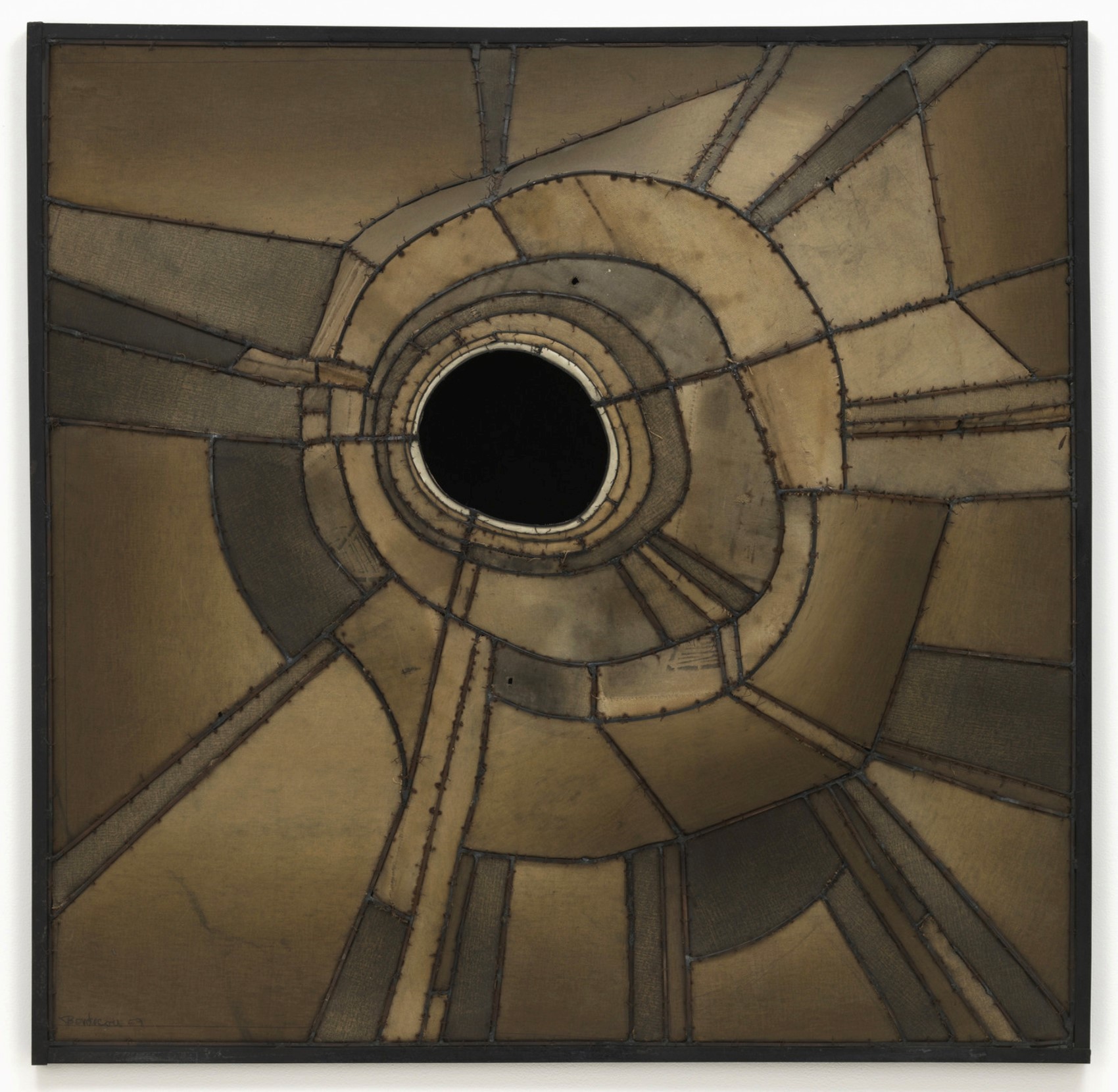
Lee Bontecou, ‘Untitled,’ 1959. Welded steel, canvas, black fabric, soot and wire, 58 1/8 by 58 1/2 by 17 3⁄8in. (147.5 by 148.5 by 44cm). The Museum of Modern Art, New York, New York. Gift of Mr. and Mrs. Arnold H. Maremont (2.1960). ©Lee Bontecou
Artists featured include Diane Arbus, Lee Bontecou, Chryssa, Merce Cunningham, Jim Dine, Martha Edelheit, Melvin Edwards, Dan Flavin, Lee Friedlander, Nancy Grossman, Robert Indiana, Jasper Johns, Donald Judd, Ellsworth Kelly, Yayoi Kusama, Norman Lewis, Roy Lichtenstein, Boris Lurie, Marisol, Agnes Martin, Louise Nevelson, Isamu Noguchi, Claes Oldenburg, Yvonne Rainer, Robert Rauschenberg, Faith Ringgold, Larry Rivers, James Rosenquist, Miriam Schapiro, Carolee Schneemann, George Segal, Jack Smith, Harold Stevenson, Marjorie Strider, Mark di Suvero, Bob Thompson and Andy Warhol.
The design of the exhibition by Selldorf Architects features material from popular culture, including newspapers, magazines, television clips on period TVs, a jukebox playing popular 1960s music, consumer products, furniture and fashion, as well as vernacular objects reflecting the vibrancy of life in the city at that time.
Visit the website of the Jewish Museum and see its dedicated page for New York: 1962-1964.


